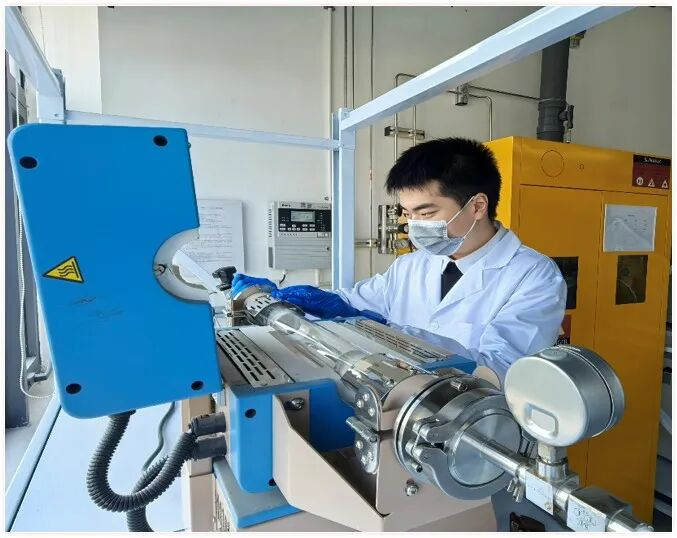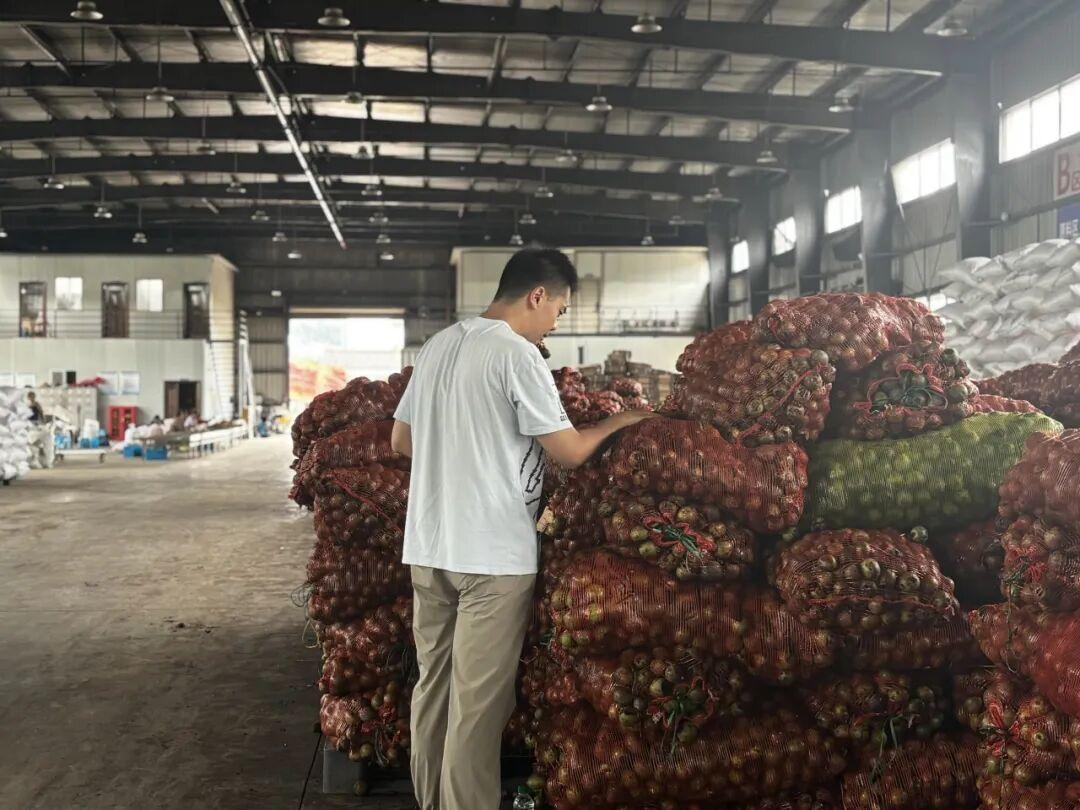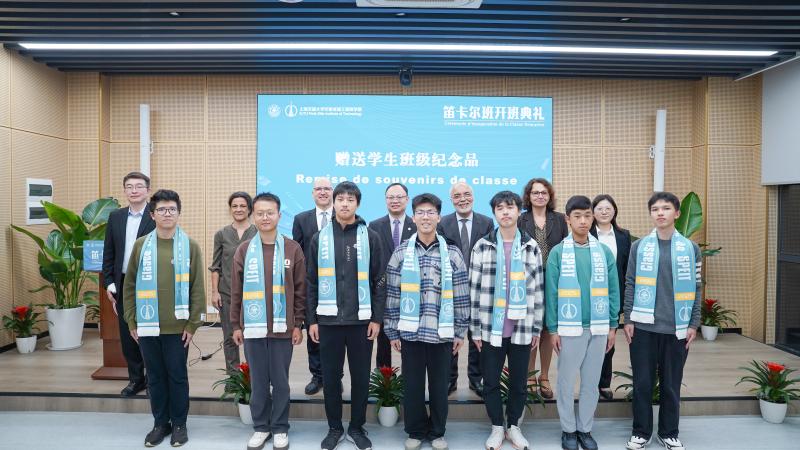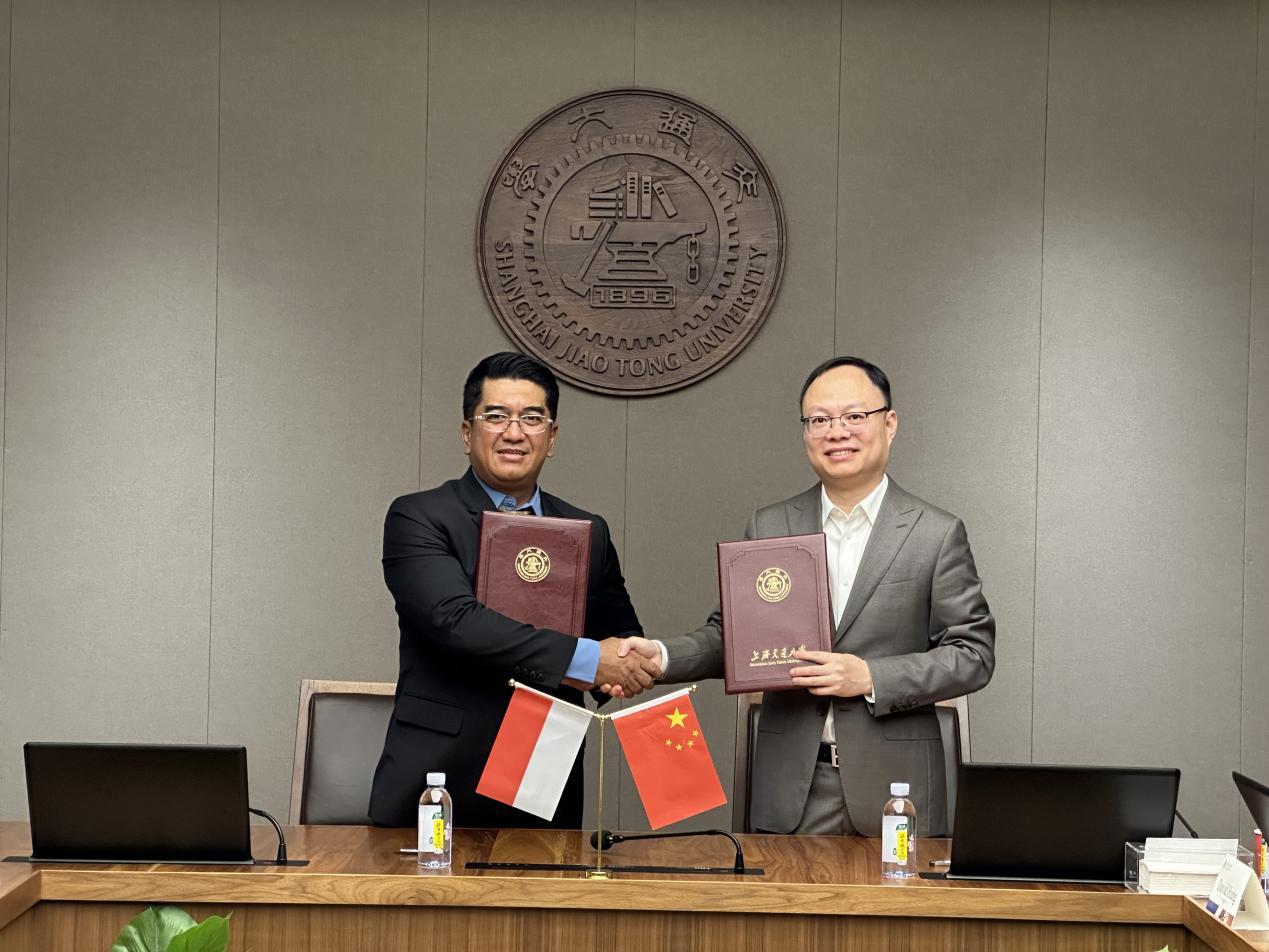Young SJTU Team Unearths “Treasure” In Walnut Shells
By the shores of Erhai Lake in Dali,
There lives a story reminiscent of The Old Man and the Sea.
Professor Kong Hainan of Shanghai Jiao Tong University
Has taken root in this land,
Guarding the clear waters and green mountains of Erhai
Through the power of science.
He has fulfilled his vow:
“To cleanse one lake over twenty years.”
And now,
A new team from the School of Environmental Science and Engineering at SJTU,
Carries on this spirit and takes on new challenges—
Turning their attention
To the “discard” and “rebirth” of walnut shells.
Mountains of waste once abandoned,
Have now been transformed into treasures,
Writing a new chapter
For rural revitalization.
The First Encounter —
The DNA of scientific purpose begins to stir.
Dali, Yunnan, is one of China’s major walnut-producing regions. Each autumn, after the harvest, villagers face a sweet but heavy burden — mountains of discarded walnut shells.
After years of effort, a group of SJTU students — with an average age of under 23 — have managed to transform these discarded shells into high-value phenol and activated carbon using sunlight.
Xu Junzhou, a doctoral student from SJTU’s School of Environmental Science and Engineering, leads this ten-member team of graduate and doctoral students. Inspired by Professor Kong’s perseverance in protecting Erhai, they turned their attention to the “troublesome” walnut shells.

Discarding rotting walnut shells
Xu Junzhou came to Shanghai Jiao Tong University for his master’s studies. Upon arriving, he quickly learned about Professor Kong Hainan’s legendary story—Kong, the college’s first “returnee” professor, had, in 2000, given up a favorable overseas position to return to China and dedicate himself to the governance of Erhai Lake. By 2006, Erhai’s protection had been included in a national “Major Scientific and Technological Program for Water Pollution Control and Treatment.” From being entrusted with this mission at over 50 years old to still working on the front lines well into his seventies, Professor Kong’s dedication has been unwavering. For a long period, he lived in a small house by Erhai, feeling the lake like his own child—if he didn’t see it for a day, his heart felt empty. So concerned was he that he postponed his own heart surgery multiple times until the project concluded…

Xu Junzhou working on catalysts for photothermal synthesis
Through his actions, Professor Kong exemplified the idea of “writing your research on the soil of your motherland,” deeply inspiring the younger generation. This ethos also left a lasting mark on Xu Junzhou. “It was only after attending Professor Kong’s lecture that I truly understood the value of research,” Xu admits. When he first began his master’s, he focused on quickly publishing papers and achieving lab results. But the moving stories of his mentors clarified the true purpose of scientific research: it is not about producing a few papers, but about using science and technology to solve real problems and benefit ordinary people.
He still vividly remembers the first time, three years ago, when he joined the university’s field practice team in Dali: sprawling walnut trees and piles of walnut shells glittering under the sun. At that moment, he realized that research shouldn’t just be data in a lab—it should engage with the real world, confronting its challenges and pressing issues.

Xu Junzhou conducting field research in Dali, Yunnan
Setting out: From laboratory to the field
In 2022, under the guidance of Professors Kong Hainan, Zhang Lizhi, and Dean Wang Xinze, Xu Junzhou and other students discovered the local difficulties regarding walnut shells while conducting ecological fieldwork in Yunnan.
Since Yunnan walnuts are considered “mid-grade” and cannot fetch high prices, the region has promoted deep processing industries, turning walnuts into snacks, walnut oil, and other high-value products. While walnut kernels found a market, the shells became a “hot potato”—either discarded in fields or burned in the open air, severely damaging the environment.

Open-air burning of walnut shell waste
“My research focuses on resource utilization of solid waste; previously, I mainly worked on waste plastics conversion,” Xu recalls. “Since both waste plastics and walnut shells are organic solid waste, I thought my research might be useful. After discussing with Professor Zhang, he fully supported the idea. With a ‘let’s try’ mindset, I requested a batch of walnut shells from the local area and brought them back to the lab at SJTU.”
“During that period, the lab became our second home.” After reviewing literature and trying dozens of approaches, they seemed to be making progress. Xu reported the updates to the professors and began recruiting more team members to tackle the challenge. The team was named the “Jin Xiu Shan ‘He’” project team, embarking on a journey to “turn waste into treasure.”
Overcoming challenges: From “scientific questions” to “engineering problems”
However, laboratory success was just the first step. Bringing lab technology to Dali for field trials proved far more difficult. “Going from lab to production line is a completely different story,” Xu reflects. “Lab conditions are ideal, but when we scaled the sample size by ten times, light intensity, catalyst dosage, reaction time—all the parameters changed.”
During this period, Xu spent over 100 days each year in Dali. The team built a small-scale pilot facility locally, processing around 10 kilograms of walnut shells per day and tackling technical parameters one by one. “If the earlier research was about scientific questions, now we are facing engineering problems,” he says. “This process alone could have produced a top-tier journal paper.”
Equipment instability and parameter mismatches posed repeated problems. Yet, recalling Professor Kong’s commitment to Erhai—taking on the mission despite risks and postponing surgery—helped the team put difficulties in perspective.

Team members in the lab
“Technology only truly benefits farmers when it is implemented on the ground.” Driven by the goal of helping agriculture, the young team ventured deep into Yunnan’s mountains, covering 54 towns in 13 counties across Dali and Chuxiong. Gradually, the team developed a technique to convert walnut shells into high-value phenol and activated carbon using solar energy. This resulted in over 30 high-quality papers published in top journals such as Nature sub-journals, Science sub-journals, and Advanced Materials, more than ten domestic and international patents, and strengthened intellectual property foundations for technology deployment, all while earning the trust of local residents.
“Through photothermal chemical reactions, walnut shells decompose into phenol and activated carbon under the catalyst,” Xu explains. “Phenol is an important chemical intermediate worth roughly 20,000 RMB per ton; activated carbon can also improve soil, achieving ‘waste treating waste.’”

Diagram of walnut shell photothermal conversion
Passing the torch: Integrating three chains to paint a new picture of rural revitalization
Today, the “Jin Xiu Shan ‘He’” project has borne substantial results.
● Industrial chain: Agreements with over 1,000 local farmers ensure a minimum purchase of walnut shells, turning discarded waste into a profitable resource, increasing per-household annual income by over 5,000 RMB.
● Ecological chain: By replacing open burning with direct emission reduction and long-term carbon sequestration via activated carbon, the team contributes over a thousand tons of annual carbon reduction, protecting Yunnan’s green mountains and clear waters.
● Value chain: Collaboration with local chemical factories has built photothermal conversion production lines, transforming pollution-causing walnut shells into high-value products for downstream sale.
Excitingly, in the summer of 2025, the team founded Xunong New Energy (Shanghai) Resource Recycling Technology Co., Ltd., marking a new stage of industrialized operation. The resource base under construction in Dali is expected to process tens of thousands of tons of walnut shells annually, creating additional local jobs.
Xu, now a PhD student, has also mentored younger team members, with over 100 days each year spent in Yunnan. “Seeing locals smile because of our project makes me more certain that the warmth of technology lies in its ability to genuinely change lives.”
From the shores of Erhai to the walnut forests
More changes are taking root and unfolding
Now
This group of young people is planning to expand the project model
To walnut-producing regions in Sichuan, Guizhou, and beyond
Hoping to jointly launch
The Jin Xiu Shan “He” Alliance
With professional cooperatives, local governments, and downstream enterprises
Painting a magnificent picture of rural revitalization in the new era
Translate: Steven
Proof: Steven



